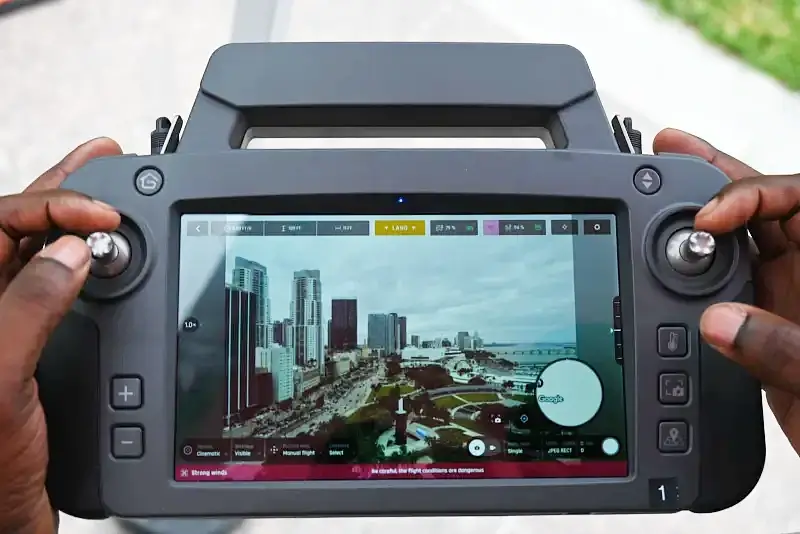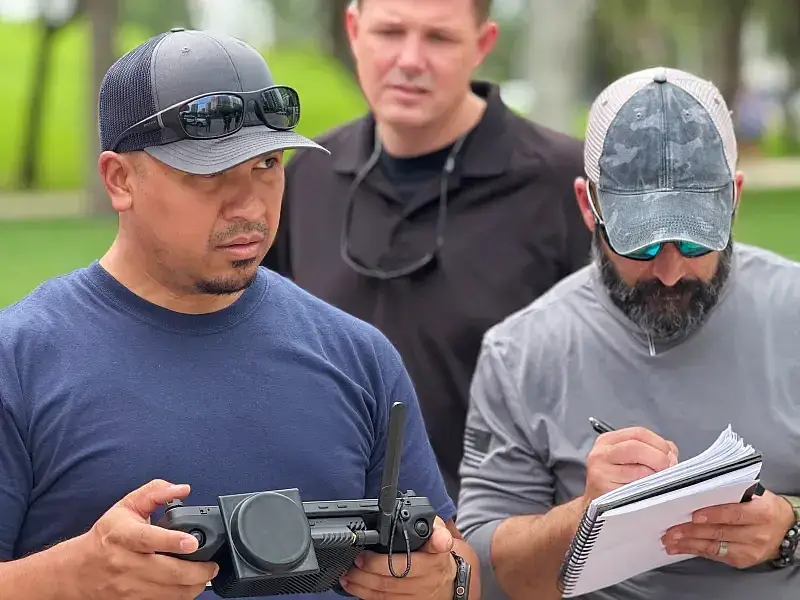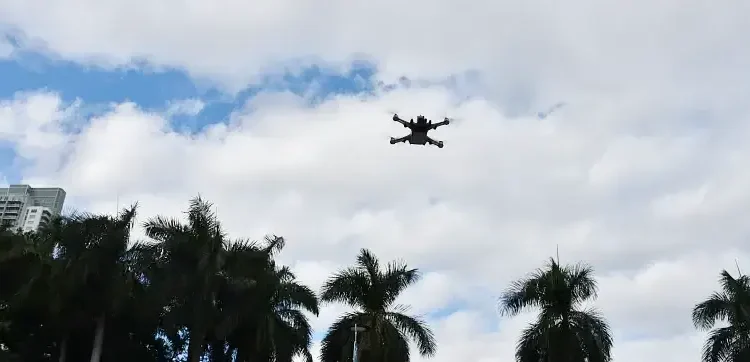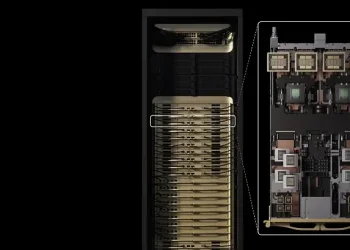Unmanned Aircraft Systems Enhance Emergency Response in Urban Environments
Emergencies in urban areas present unique challenges, from obstructed views to signal interference. Unmanned Aircraft Systems (UAS) are revolutionizing emergency response, providing real-time aerial assessments that enhance situational awareness and safety.
Recent tests conducted by the National Urban Security Technology Laboratory (NUSTL) in Miami evaluated cutting-edge UAS technology for first responders.
Introduction
In November 2024, NUSTL partnered with Mississippi State University’s Raspet Flight Research Laboratory and DAGER Technology LLC to test UAS from the Blue UAS Cleared List in Miami’s urban landscape.
These evaluations aimed to assess the drones’ capabilities in real-world emergency scenarios, optimizing public safety operations for first responders.

Urban UAS Testing: Locations and Objectives
Testing Sites
- Bayfront Park: Open space for flight maneuverability and disaster assessment.
- LoanDepot Park: A complex urban setting to test navigation and surveillance.
Primary Goals
- Evaluate drone efficiency in emergency scenarios.
- Assess deployment speed, camera clarity, and signal reliability.
- Improve first responders’ ability to survey hazardous zones remotely.
Findings: The Role of UAS in Emergency Response
Advantages in Urban Environments
- Enhanced Safety: Drones provide standoff distance, reducing exposure to hazards.
- Real-Time Intelligence: High-resolution imaging assists in rapid decision-making.
- Operational Versatility: UAS adapt to varying light conditions and terrains.
Challenges Identified
- Signal Interference: Dense urban environments cause radiofrequency disruptions.
- Deployment Time: Faster launch protocols are necessary for urgent scenarios.

How UAS Assist in Critical Operations
Damage Assessment
Drones flew over damaged buildings to map hazards and locate entry/exit points. The gathered data ensured efficient resource deployment and responder safety.
Situational Awareness
During a simulated hostage rescue, drones identified threats, obstacles, and potential safe zones. Operators evaluated camera clarity and response times in high-pressure environments.
Night Operations
Infrared-equipped drones inspected LoanDepot Park’s stadium roof and nearby structures. They identified vehicles and personnel in low-light conditions, showcasing the importance of thermal imaging in emergency response.
Drone Performance in Scenarios
| Scenario | Location | Assessment Areas |
|---|---|---|
| Damage Assessment | Bayfront Park | Structural integrity, hazard identification |
| Situational Awareness | Bayfront Park Amphitheater | Threat detection, object recognition |
| Night Operations | LoanDepot Park | Infrared capability, motion tracking |
Implications for Emergency Response
- Ongoing Evaluations: Findings from these tests will inform future drone procurement decisions.
- Cybersecurity Measures: Blue UAS certification ensures data protection for emergency agencies.
- Expanded Adoption: More first responders may integrate UAS technology into their protocols.
In Conclusion
The use of unmanned aircraft systems in emergency response is transforming public safety, offering advanced situational awareness and reducing risks for responders.
As testing and refinement continue, these technologies will play an increasingly vital role in urban disaster management.
For more insights on UAS in emergency response, visit the System Assessment and Validation for Emergency Responders (SAVER) website for upcoming reports and analysis.
Sources: US Department of Homeland Security (Science and Technology).
.









